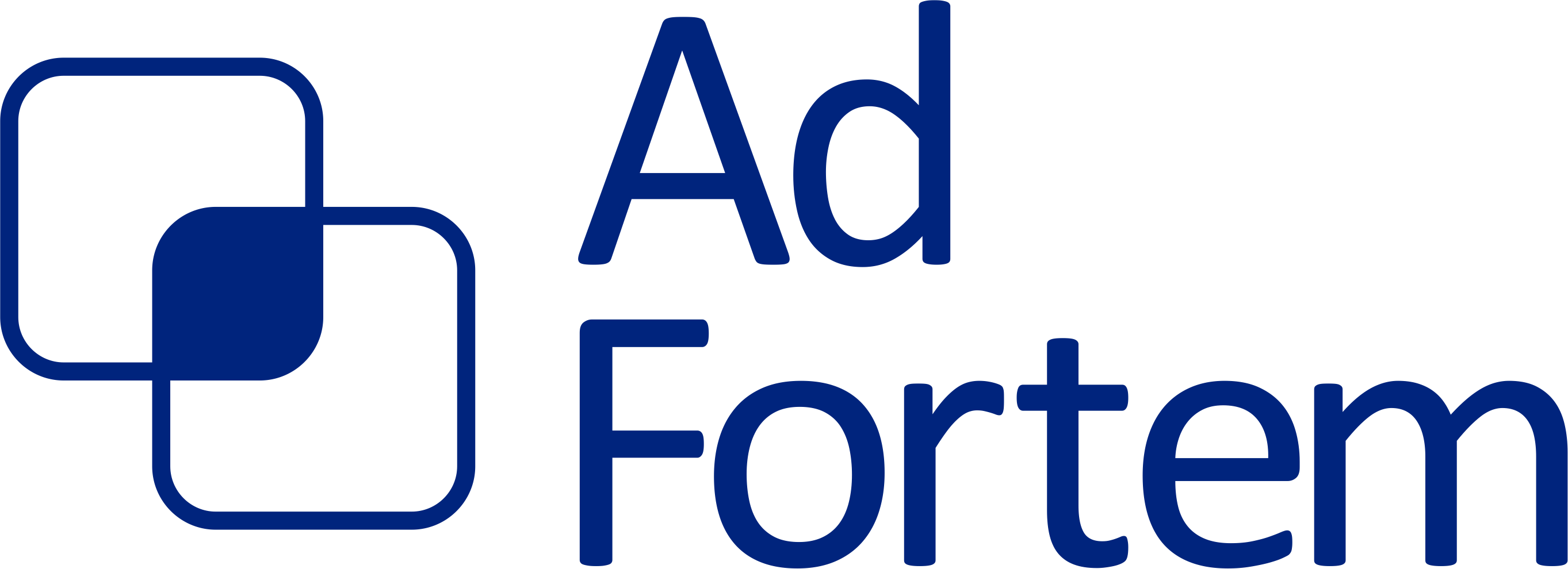

Product added to your quotation. Go to the quote page to complete your quotation request, we will contact you as soon as possible.
Selecting the right engraving pen for your engraving machine is crucial to achieving precise and professional results. Different materials and applications require specific engraving tools. At AdFortem, we provide expert guidance to help you choose the perfect engraving pen for your project. Below, we’ll explore the various types of engraving pens, their advantages, disadvantages, and the best uses to help you make an informed decision.
Advantages:
Disadvantages:
Applications: The diamond engraving pen is the top choice for projects that involve engraving hard materials like steel, glass, or gemstones. It’s commonly used in jewelry making and for engraving precision instruments or nameplates.
Advantages:
Disadvantages:
Applications: Carbide engraving pens are widely used for industrial applications such as engraving metal tools, parts, and machinery. They’re also suitable for engraving signs, plaques, and personalized items.
Advantages:
Disadvantages:
Applications: HSS engraving pens are ideal for beginners and small-scale projects where softer materials are being engraved. They are commonly used for wood engraving, plastic engraving, and light metals like copper and aluminum.
Advantages:
Disadvantages:
Applications: Stylus or ballpoint engraving pens are often used for engraving intricate patterns on jewelry, wood, and other soft materials. They are perfect for decorative engravings or projects that require complex designs.
Advantages:
Disadvantages:
Applications: Laser engraving pens are ideal for detailed engraving on a wide variety of materials. They are frequently used for creating promotional items, customizing electronic devices, and industrial marking.
Material Type: The hardness and thickness of the material you're engraving are key factors. Diamond or carbide pens are ideal for hard materials, while HSS or stylus pens work better for softer materials.
Engraving Depth and Precision: For detailed designs and fine lines, diamond and carbide pens offer the best precision. For more artistic engravings or surface markings, a stylus or laser pen may be more suitable.
Cost and Durability: Consider the balance between durability and cost. Diamond pens are more expensive but last much longer, while HSS pens are cheaper but wear out faster, especially for heavy-duty tasks.
Selecting the right engraving pen for your machine is essential for achieving top-quality results. Whether you're engraving hard metals, glass, wood, or plastic, the right pen ensures a professional finish and increased efficiency. At AdFortem, we help you find the perfect engraving pen for your specific needs, ensuring you deliver high-quality engravings every time.
Sign up here to receive the newsletter
Terms and conditions of sale
About us
Our mission
Privacy Policy
Coockie Policy
Blog
Roland-dealer
Gravotech-dealer
Poli-tape-dealer
Training
Our services
UV-printing
Types of ink
Types of blades for cuttingmachines
Types of engraving tools
Laserengraving, how does it works
What is MOPA
Laserengraving versus CNC-engraving
Gantry versus galvo-laserengraving
Dot Peen machines
Difference between fiber and CO2 lasers
Monomeer, polymer or cast print media
Printing gloss
Flatbedprinter
How to choose your laser lens
The Evolution of DTF Printing
Sitemap